Sebastian’s journey to Berkeley Lab
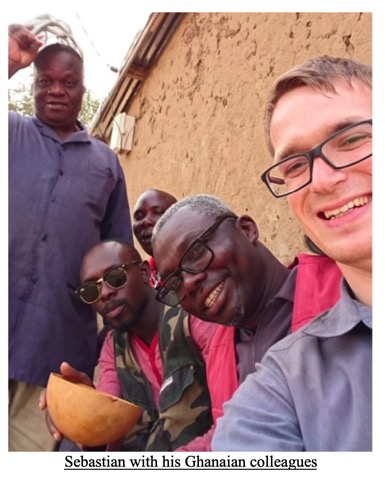
Sebastian was born and raised in a town close to Dresden in the Eastern part of Germany. He earned his bachelor in geoinformatics and geophysics from the oldest mining university in the world, the University of Freiberg (Germany). He then pursued an international Master program in applied geophysics offered by the University of Delft (Netherlands), ETH Zurich (Switzerland) and RWTH Aachen (Germany). While working at the British Geological Survey as a research scientist, Sebastian was also a Ph.D. student at ETH Zurich. He completed his Ph.D. in 2018 before heading to new adventures in California.
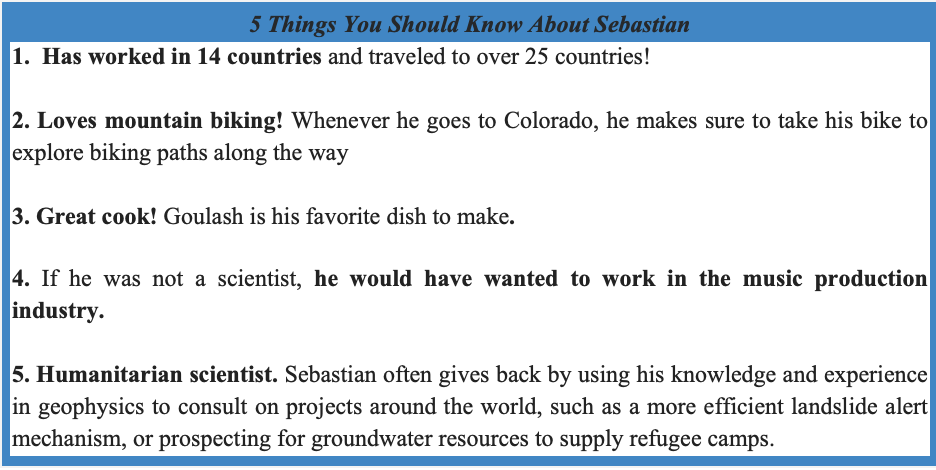
Imaging the deeper zones below our feet to answer Earth’s challenging questions
Motivated by the desire to gain more expertise in geophysics and continue to explore the world, Sebastian joined the Lab in June 2018. The lab he says is a world-class institution that uses geophysics to tackle some big environmental problems.
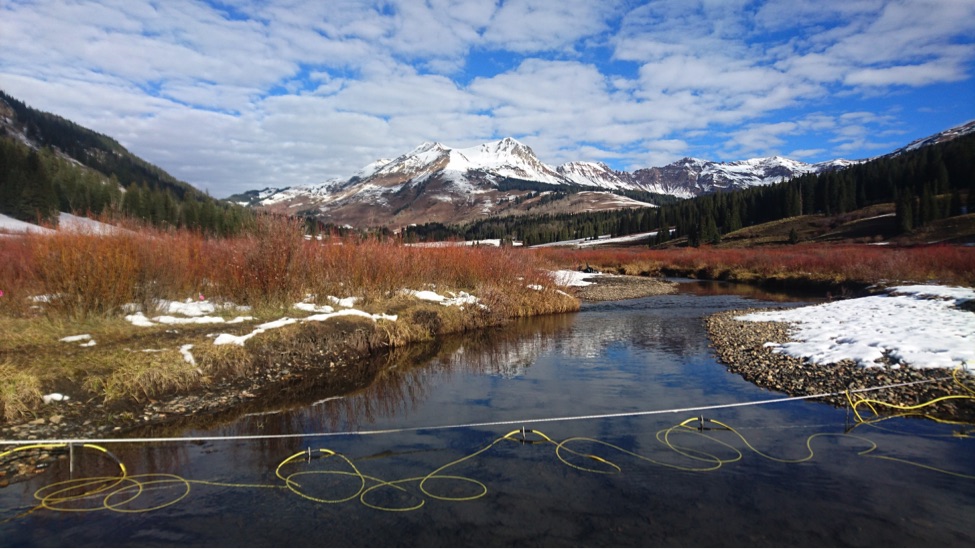
He is now working on two big projects: the Watershed SFA and the NGEE arctic. In the first project, he is characterizing the subsurface to better understand how perturbations in mountainous watershed such as an early snowmelt impact groundwater.
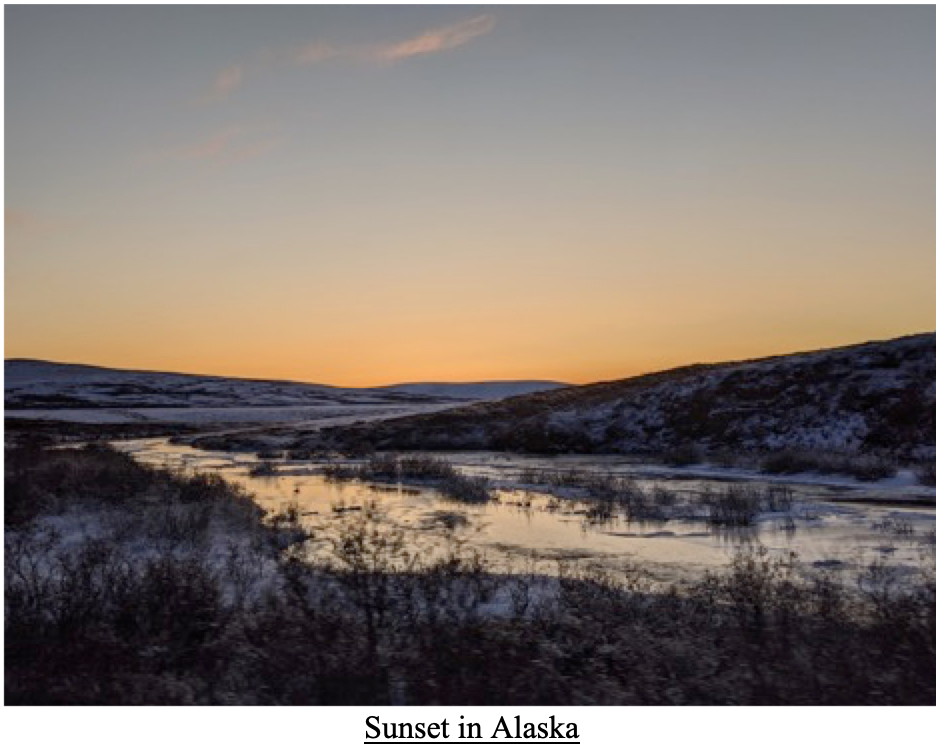
In the NGEE arctic project, he is imaging the subsurface in Alaska to understand how the permafrost behaves in this very sensitive region. Permafrost is a large storage place for CO2and characterizing it will help to fully understand the carbon cycle and inform global climate models. Besides, working in Alaska is a unique opportunity to combine some exciting research while enjoying the rare wildlife and breathtaking landscapes. It is a National Geographic environment, he says.
Working on two different big projects allows Sebastian to collaborate with a diverse group of scientists. “I get to work on topics I have never imagined before,” Sebastian stated while talking about working in a large group. The diverse team of scientists of the lab allows pushing boundaries for scientific research; bright ideas are likely to arise anytime in such big teams.
Traveling around the World to serve humanity
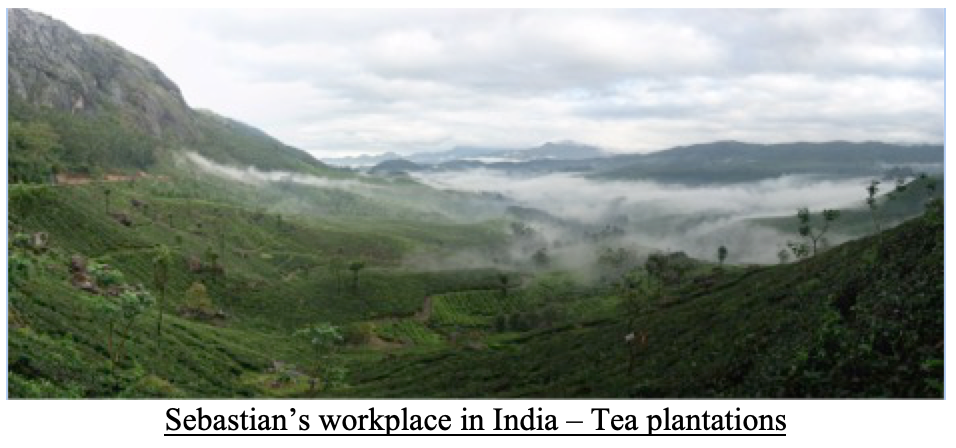
During his young career, Sebastian has worked in 14 countries to characterize the subsurface and answer some high-level environmental questions. In India, his cutting edge geophysics was used to improve landslides alert and evacuation procedures. In Cambodia, he used geophysics to assess water contamination by arsenic and guide local communities to efficiently and safely use groundwater.
What are his next steps?
Sebastian likes applied research and would like to continue in that direction perhaps by combining his research with some teaching. He would like to keep imaging the subsurface to bring science solutions to the World. A world where everyone will be able to have clean water every day, a world where our groundwater will be safe and clean enough to be used for many purposes.
